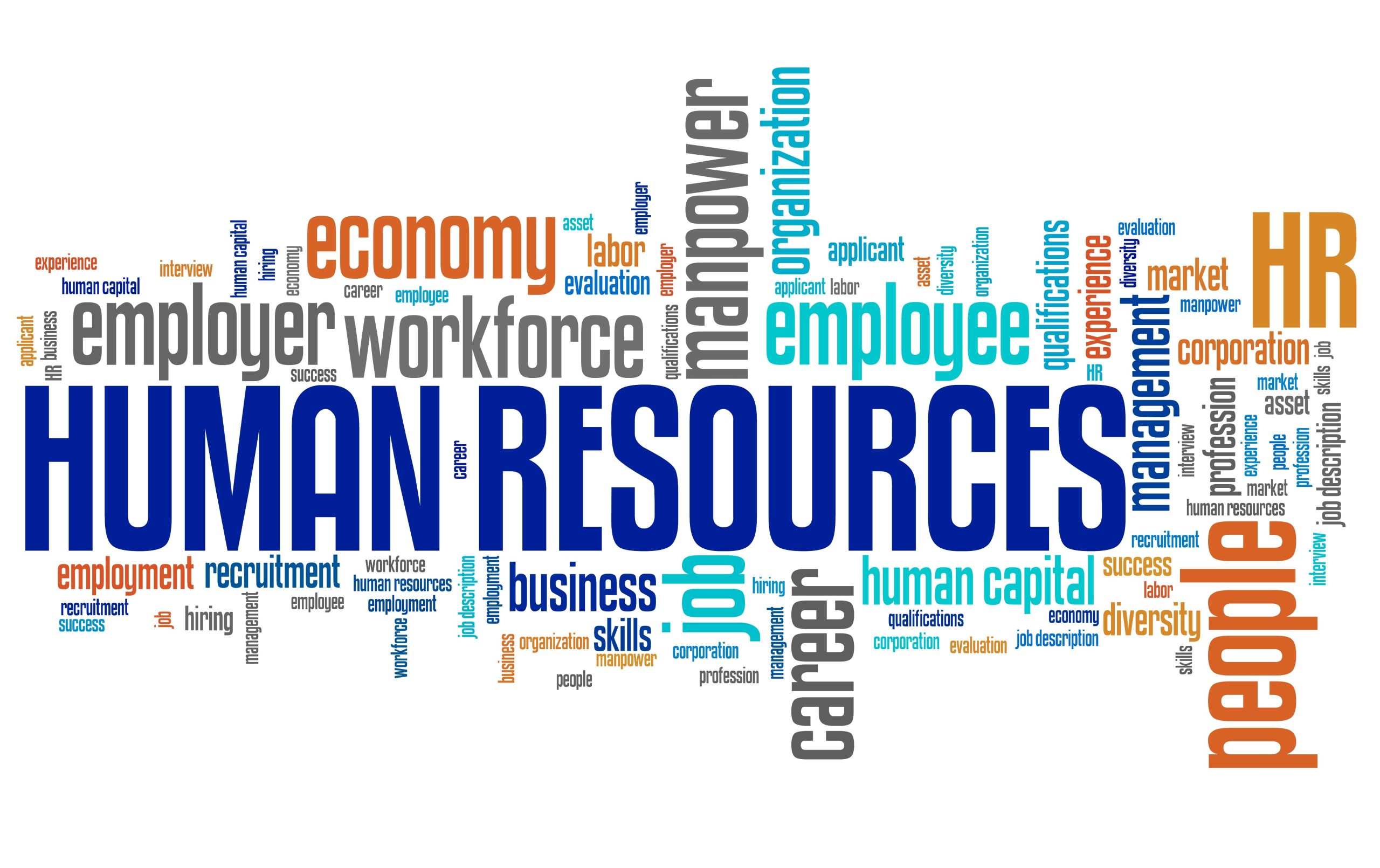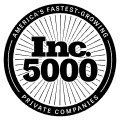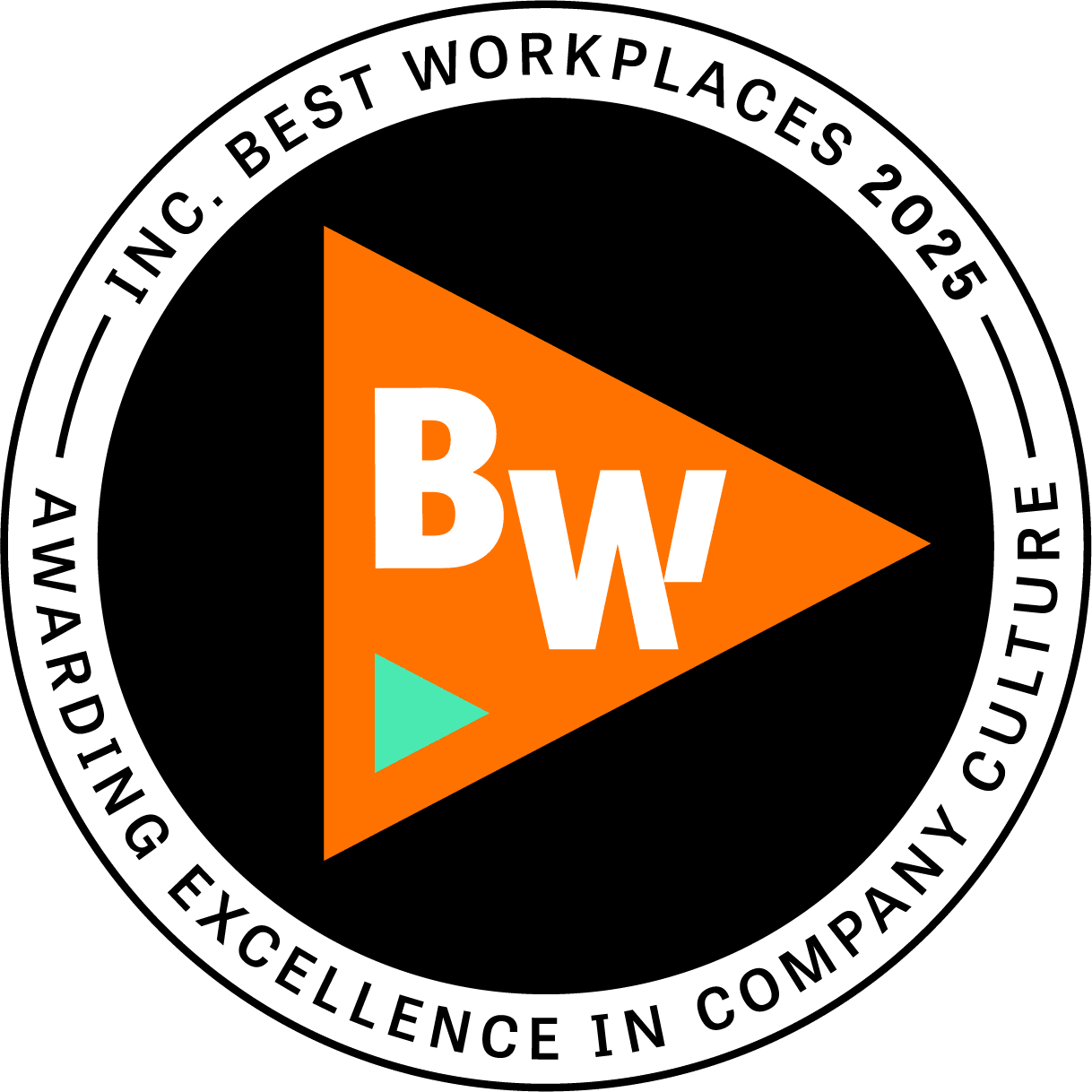As a Workforce Specialist, I’ve heard a lot of mixed thoughts in the Human Resources field about the workforce and how to retain our talented employees post-pandemic. With employees in different industries being laid off or switching jobs at record numbers, HR and executive teams have been left to come up with strategies to increase employee retention in different ways than what was traditionally done. During the Microsoft Inspire virtual conference last month, I had the opportunity to listen to insights on retaining top talent from HR leaders in tech industries. Here are some ways to turn the Great Resignation into the Great Retention for your organization.
The first question you should ask yourself is, why are people leaving? From the Microsoft Inspire conference, I learned employees are leaving:
- to explore a different industry;
- to take on consulting roles;
- to start their own businesses;
- to spend more time with family;
- for part-time roles;
- for more remote opportunities;
- because their job interferes with personal life; and
- due to burnout.
…Along with other reasons that you might be thinking. But what do they all have in common?
Flexibility and autonomy.
According to a LinkedIn study discussed during the conference, 40% of people in the workforce are planning to leave their current companies before the end of the year. 54% of LinkedIn users changed their jobs last year alone, and that number is predicted to increase by December 2022. Additionally, 53% of millennials will quit their jobs if it interferes with their personal lives.
With all of those numbers being thrown around, to increase retention (and employee engagement, which I think is connected!) companies should be creative in the initial recruitment process, actively reach out to employees (especially the quieter ones or those that refuse to be on video), and have a plan to train and shift the management teams as needed.
Speaking from personal experience (and successes, *toots horn*), our recruitment process is fun and innovative, but more importantly, it speaks to our company values. Now more than ever, company culture is becoming a HUGE part of what makes a company attractive (and makes jobseekers apply!), and it should be front and center in the initial interview. Cloudforce takes pride in having a ‘work hard, play hard’ culture and it’s not just something you see on our LinkedIn page. Salaries and titles are important, but culture and the environment in the office are what the majority of the candidates I interview ask about.
Reaching out to your employees and engaging in how they’re doing should go without saying – it’s SUPER important. As the majority of organizations are 100% remote post-pandemic or navigating a hybrid work environment, managers and HR should actively reach out to employees and check in with them. What works for our team is doing a 30-day check-in with new hires, but also making sure that everyone has the materials they need to work effectively and efficiently, and that they feel comfortable and happy in their role. We also celebrate every birthday, ‘workiversary,’ and send personalized gifts to surprise and delight our employees when an illness arises, a baby is born, they’re closing on a home, you name it. Employee engagement and satisfaction is a huge factor in keeping your talented employees.
When it comes to management, skills training is key. This can include basic communication and negotiation skills, but what we’ve seen especially is the importance of coaching and mentorships. Professional development and career advancement are important for your employees – being able to provide coaching sessions for junior talent makes employees feel as if their managers care and want to see them succeed. Not to mention it helps build a relationship with your team and it makes them more comfortable with asking questions or just having a simple conversation with you.
Learning how your employees work – and how they want to work – helps manage outcomes, which in turn increases employee retention. If your organization is now fully remote, maybe reach out to someone on your team that you don’t know so well and have a 15-minute chat over (virtual) coffee. If your organization is utilizing a hybrid environment, do a pulse check periodically to make sure they’re able to balance an equal work and home life. If you’re fully on-site, send out a survey to the entire organization to see what they would want to see implemented to make it an even better place to work.
The Great Retention all comes down to three things: investing in your employees, being proactive, and creating a culture where people feel connected. This ensures a happy workforce and everyone knows… happy (work) life, happy employees!
Want to learn more about Cloudforce and what has helped set us apart? Check out our website.

 by
by 